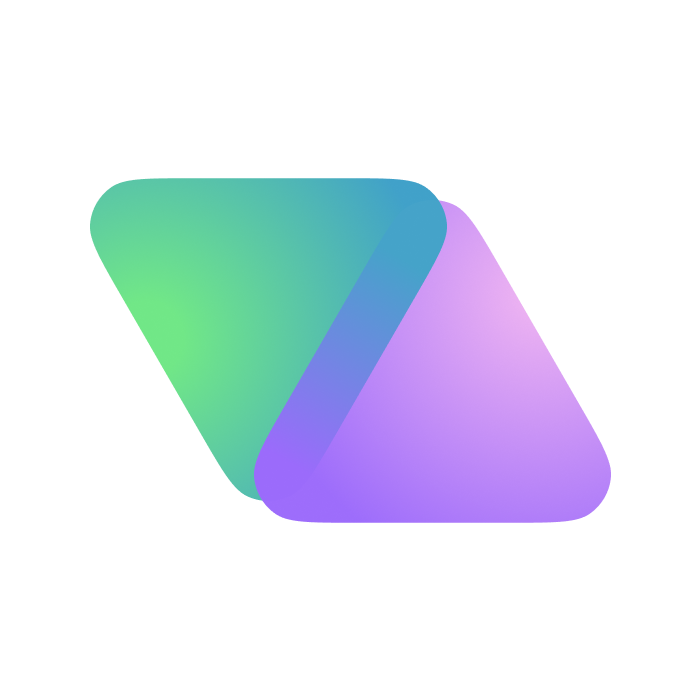A question we get asked a lot at Vase.ai is – “how are you able to get such razor-sharp insights from your respondents?”
The answer: Open-ended questions.
Open-ended questions are essential to discovering hidden insights from consumers, and we insist every survey we publish to our panel of 3.6 million South East Asian consumers, contains open-ended questions.
Open-Ended vs. Closed-Ended Questions: What’s the Difference?
An open-ended question example might be, “What are some of the best financial decisions you’ve made?” Asking open-ended questions in surveys prompts respondents to think critically and provide unique perspectives—information that closed-ended questions simply can’t capture.
But What About Closed-Ended Questions?
While open-ended questions prompt longer feedback, closed-ended questions are usually answered with a single-word answer, like “yes”, “no”, “or maybe”.
Closed-ended questions are ideal if you’re collecting quantitative answers, such as the income bracket of a consumer or if they like or dislike a product.
Generally, we advise using closed-ended questions when you want to confirm facts, clear up confusion, or narrow the focus. However, to capture richer, more nuanced insights, open-ended questions are often the way to go.
When to Use Open-Ended Questions in Surveys?
If you’re wondering when it’s best to use open-ended questions in your surveys, here are some key scenarios:
1/ Gathering testimonials
Gathering Testimonials: Open-ended questions allow customers to share their genuine experiences and feelings, providing valuable testimonials.
By asking Open-ended questions like, “What do you like about this product?” can elicit specific and persuasive responses like, “This product has improved my skin texture and reduced wrinkles.”
2/ Collecting ideas
To gather fresh ideas, ask Open-ended questions like, “What other toppings would you like on your ice cream?” This encourages respondents to share creative suggestions that might enhance your offerings, like “Something nutty and spicy.”
3/ Getting Feedback
Open-ended questions like, “How can we further improve to serve you better?” allows customers to provide specific suggestions and pinpoint areas for improvement.
Their responses can offer actionable insights, such as “Expand coverage in my area” or “Implement a faster chatbot.”
4/ Identify Consumer’s Top-of-mind brand
To understand brand preference, ask, “When you think about toothpaste, which brand comes first to your mind?”
This helps reveal which brands dominate consumer mindshare and where your brand stands.
5/ Understand Consumer’s Behaviour
To delve into consumer habits, ask questions like, “Please describe your skincare regime, step by step.” These detailed responses provide insights into routines and preferences.
Challenges with Analyzing Open-Ended Questions
If open-ended questions are all the rage, why do some people – even researchers, sometimes avoid them?
The main reasons are the potential for unhelpful responses and the difficulty in analyzing the data.
1/ Unhelpful Responses
In a survey, open-ended questions can sometimes yield brief or irrelevant answers.
This could make the results not useful.
To minimize risk, ensure your questions are well-phrased and guide respondents toward meaningful feedback.
Examples:
- Instead of asking, “Do you have any other feedback or comments for us?”
A better way to ask:
- “What are you unsure about X?”
2/ Difficult Analysis
Open-ended questions generate rich data, but analyzing it can be time-consuming and challenging.
For one, it may be hard to quantify the responses. And there would be a lot of manual work involved that would take up a researcher’s time. Imagine having responses from thousands of people!
Let’s explore the best ways to analyze open-ended questions effectively:
Best Techniques for Analyzing Open-Ended Questions in Surveys
1/ Generate word cloud
Word cloud from Vase.ai
Word clouds visually represent the most frequently mentioned words in responses. The size of each word in the cloud shows its frequency, making it possible to spot key terms and concepts that resonate with your respondents.
But, word clouds don’t provide context or nuanced understanding.
Pros: Quick and easy; many free tools available.
Cons: Responses can be misinterpreted if not quantified.
There are plenty of word cloud generators online that generate a word cloud from the responses you upload.
2/ Count the frequency of words mentioned
By counting how often specific words or phrases appear, you can identify common themes. Counting word frequency can reveal trends and issues that matter to respondents.
However, this method may miss context and sentiment, and typos or language variations can affect accuracy.
Pros: Quick and easy.
Cons: Typographical errors can be missed, and responses in different languages need translation.
Most word cloud generators typically support word count as well.
Grouping of word count in Vase.ai
3/ Manual Categorization (OE Coding)
Manual categorization, also known as open-ended (OE) coding method involves reading responses, developing categories, tagging responses, and consolidating categories to identify patterns.
Though time-consuming, it provides a deep understanding of qualitative data.
How OE Coding is done:
- Review Responses: First, read all the responses thoroughly to understand the range of answers and possible categories.
- Develop Categories: Then create categories based on the responses. These can be predefined or developed during the review process. Ensure categories cover all responses without overlapping.
- Tag Responses: Next, assign each response to a category.
- Consolidate Categories: Lastly, combine similar or low-count categories to make the analysis more manageable and meaningful.
4/ Vase.ai Automated OE Coding Tool
Vase.ai automated open-ended (OE) coding tool streamlines the analysis process, saving you hours of manual work. Powered by AI, it categorizes responses, generates word clouds, and provides comprehensive insights in minutes.
Vase.ai's automated open-ended coding tool
Performing open-ended (OE) coding manually for a survey with 500 responses can take over 3 hours. This process involves reading through each response, developing categories, and tagging responses accordingly. While manual coding provides deep insights, it's labor-intensive and time-consuming.
Vase.ai's OE coding tool, powered by artificial intelligence, handles the heavy lifting for you. Not only does it automate the categorization of responses, but it also generates a word cloud, counts word frequency, and provides full verbatim—delivering comprehensive insights in minutes instead of hours.
Word cloud
Want to Get Started?
Sign up for a free Vase.ai account, and our customer success team will guide you through the platform to help you start analyzing open-ended questions in your surveys today.




![How to Conduct Competitive Analysis [With Templates]](https://www.vase.ai/hubfs/How%20to%20Conduct%20Competitive%20Analysis/CompetitiveAnalysis_HeroBanner.png)